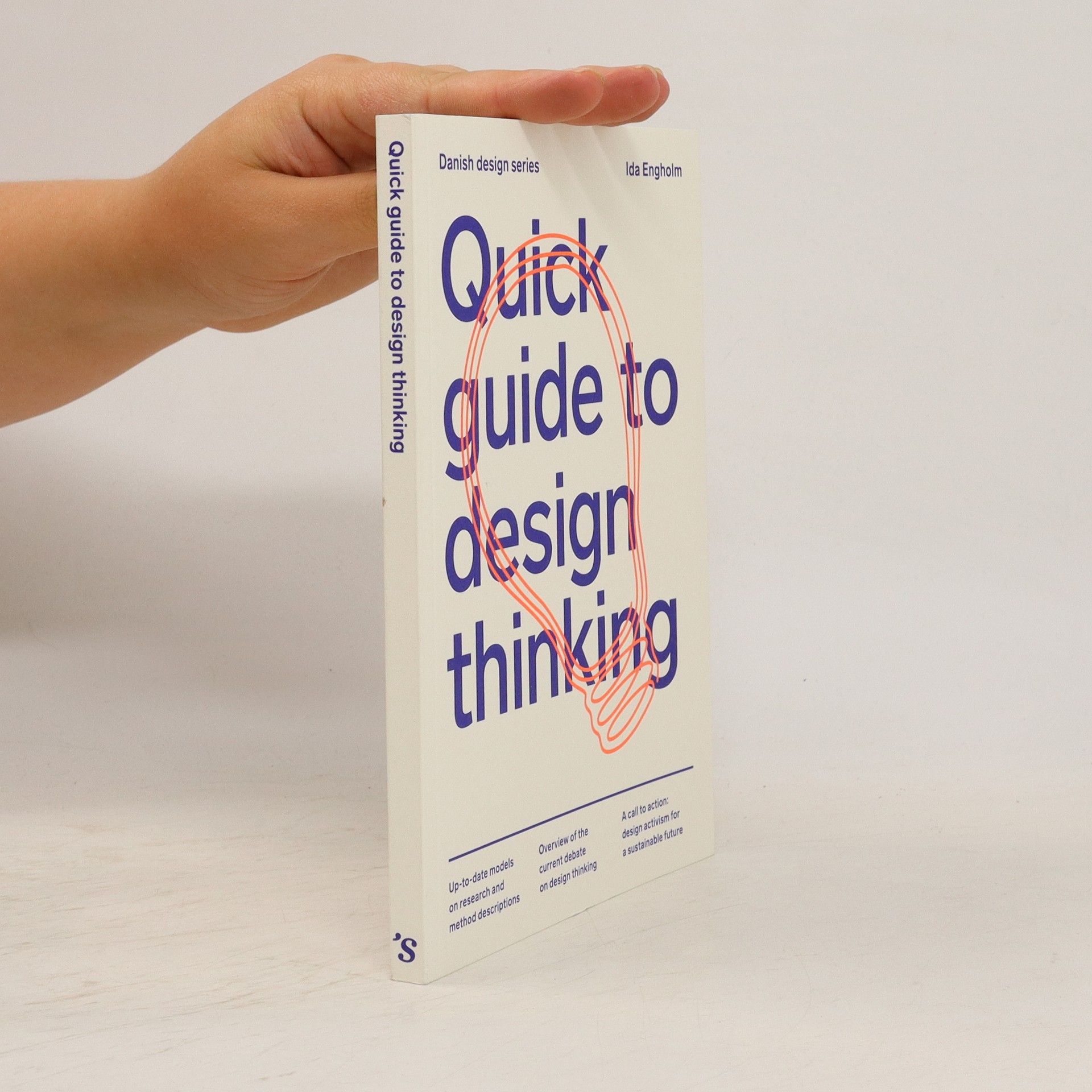Design for the New World: From Human Design to Planet Design offers an innovative combination of design and design thinking, systemic leadership, and indigenous thinking, that can reshape the way we think about and work with sustainable transformation. 81 colour illustrations.
Ida Engholm Boeken



Design thinking is an increasingly widespread approach. In recent years it has been launched as a method that enables even the most conservative company to adopt agile, innovative and entrepreneurial mindsets and to think outside the box.But what is design thinking, how did it emerge, and what does it do? In ‘Quick guide to design thinking’ Ida Engholm highlights the concept of design thinking and shows it from a Danish perspective.The book outlines the research behind design thinking and provides an overview of the many different professions, theories and methods that have contributed to developing and defining design thinking as a research and practice field. Further, it offers an introduction to current debates about design thinking and concludes in a call for design activism as a path to a sustainable future.Ida Engholm is a professor of design theory and history at The Royal Danish Academy of Fine Arts, School of Design. She is the founder of the Diploma Programme in Design Management and the Master of Design programme at the Academy. She has published twelve books and is the author of more than ninety research articles on design and design-related topics.
Panton: Environments, Colours, Systems, Patterns
- 352bladzijden
- 13 uur lezen
Dive into the colourful, fun, and futuristic universe of Verner Panton Verner Panton is the enfant terrible of Danish design. While his Danish colleagues during the 1950s and 60s prioritised natural materials and manual craftsmanship, Panton went abroad and experimented with coloured plastic, fibre glass, steel and synthetic fabrics and tried out new industrial mass-production methods. This book examines Panton's almost scientific approach to environments, colours, systems and patterns unfolded in colourful total interiors and imaginative product designs. Panton's oeuvre is presented as a truly pioneering effort that points towards modern design and the role of the visual experience in a globalised society.